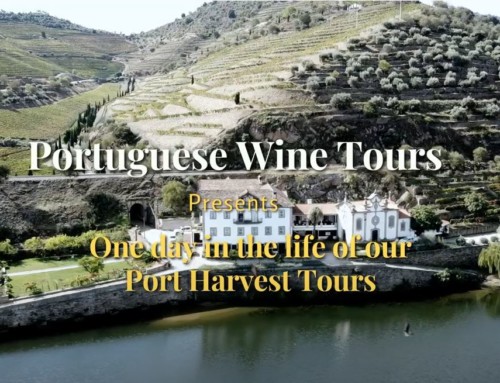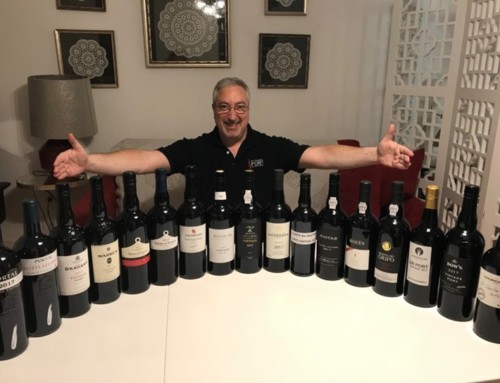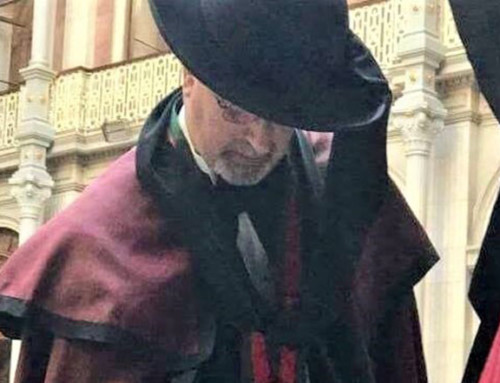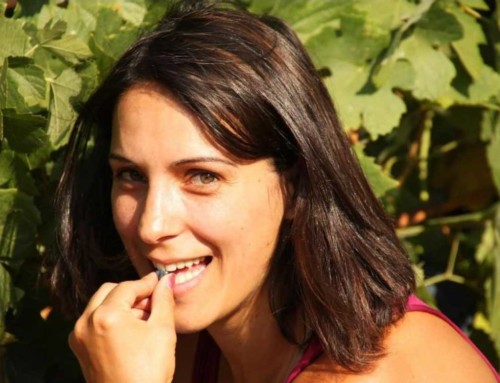Last week, I had the very good fortune to once again provide a seminar and tasting to a very wine savvy group of the best Sommeliers in Seattle. Last summer, I had presented a thorough comparative tasting on the most important categories of Port wine which went over very well. The day's topic was Madeira and there were over a dozen individuals including two members of the wine trade who had donated some of the bottles, that were in attendance to share information on their Madeiras. I did not donate any bottles, but I did donate my time for this outstanding group, eager to learn, and I was happy to do so!
The presentation took place at one of Seattle's finest restaurants, Daniel's Broiler, a world-class steakhouse with a stunning view, nestled on a cove at the mouth of Lake Union. It is a tough call as to whether the view can rival the quality of their 100% USDA Prime steaks, but it is close. Anyway, this was a perfect venue for holding the class and these Somms are a very sharp bunch, running the majority of the top wine programs in the Seattle metro-area.
We started with a short story about some of Madeira's history and then discussed the lay of the land. We touched on each of the categories from Rainwater, 3-5-10-15 year olds, Colheita, Solera and finally the Frasqueira/Vintage Madeira. Additionally, I spent a good amount of time providing the basics of each of the top 9 grapes used to make up Madeira and their profiles.
The reason I enjoy this group so much is because they ask really good questions and by that I mean, well thought out and not your generic 101-level questions. I find them challenging, in a good way, and love presenting wines for them to then comment on. But first it was important that they understand the difference between Estufagem and Canteiro evolutionary methods. We spent a good amount of time comparing and contrasting them and also discussing a little about which producers and which wine styles utilize each of these two Madeira aging processes. We even delved into the intricacies of the actual aguardente make up for the fortification and how this differed from Port, by briefly contrasting the specific of both.
Note: If anyone would like more info on any of these topics, please feel free to ask specific questions in the FTLOP Madeira Forum.
Before providing a fun tasting of eight bottles of Madeira well before noon, it was important to touch on a few other vital dynamics. We discussed the key markets for Madeira, the number of suppliers used by producers on the island, where on the island the specific grapes grew and how the altitude they were grown at affected the grape styles, with some specifics provided. I believe I surprised the group when they were told about the size and nature of the vineyards and how they were situated. Then came the topic of wood, (Madeira = wood in Portuguese!) that Madeira ages in and discussed the various types used and where they come from and the size of casks and larger vats as well. We briefly touched on the harvest and that the three passes through the vineyards made for very intensive picking and expensive prices for specific grapes. I always have to spend a little bit of time on the grapes that are either extinct or nearly so, but far more time on Terrantez than Bastardo for example. This brought us full circle to some historical realities with Oidium and Phylloxera a few centuries ago which were made clear too. Finally my last talking point was on the soil contents and a brief mention of the untimely death of the Duke of Clarence. All that in about an hour and a half. By then I was sure it was time to sip on some young nectar as I could tell the group was parched!
Please realize while reading the following Madeira presentation that my intent was to provide an introduction to wines which could be put on restaurant wine lists and how best to sell Madeira and their advantages for incorporating into a dessert wine program.
We began with a Blandy's 10 year old Dry Sercial which was light, dry and duly caramelized. (My tasting notes detailing all of these bottles will appear in the February FTLOP newsletter).
Sadly, we had trouble obtaining a Verdelho and had to substitute an extra Terrantez. I personally love Verdelho, but given time constraints, did not want to exceed 8 bottles and so the tasting was incomplete in this one way. However, we discussed Verdelho in enough detail that I think some might even go and seek out a bottle. I hope so, as Verdelho rocks!
To provide the two sides of Terrantez (dry/sweet) we had two present. First up was the charming young 1977 D'Oliveiras Terrantez Vintage Madeira, refreshing in its comparatively drier style and with such stunning aromatics for such a juvenile. It was interesting to see the comparisons and also the contrasts when the next wine was served and not only another from the same grape but almost identical in age: 1978 Broadbent Terrantez Vintage Madeira. I don't want to spoil your read of the upcoming newsletter so I won't divulge which I preferred, but I will say that the Broadbent was the sweeter of the two bottles.
Next up, one of my all time favorite QPR Madeira bottlings and in my honest opinion, not only one of the best values, but certainly one of the greatest young Ports in the marketplace and one you can bet I strongly recommended to this group, the 1968 D'Oliveiras Boal Vintage Madeira. Need I say more?
We were half way through our tasting and yet we had some pretty stellar bottles to go, in fact the flighting was arranged differently, with the Sercial and two Terrantez together in flight #1. Followed by two Buals in the second flight and the final flight exhibited three competing Malmsey bottlings, to allow the group to determine their own favorites. I was not trying to play favorites, even though I certainly have them. All bottles had an equal shot and I think the group liked each of the eight for its own unique characteristics.
That said, as much as I enjoy the Rare Wine Company "Historic Series" Boston Bual, Special Reserve Madeira, and I do believe it is the best of the series, along with the impossible to purchase (anymore) New Orleans Terrantez … it is not a fair pairing putting it up against the 1968 from above. However, I see no reason why a list could not contain both at different price points and this was made clear when discussing the bottles. After all it was not a "taste off" but an educational tasting discussing each wine based on its own merits.
In the home stretch came the three Malmsey bottlings. This was the first time I have had all 3 together allowing me to make up my own mind, (which I did not share with the group as to which I liked best) once and for all:
- Rare Wine Company "Historic Series" NY Malmsey, Special Reserve Madeira - The earthiest of the three.
- Broadbent 10 year old Malmsey Madeira - The peachiest of the three.
- Blandy's 15 year old Rich Malmsey - The wildest acidity of the three.
That ended our session and I am sure that none of the individuals at the table working in the restaurant field had ever taken part in tasting 8 bottles of Madeira in one sitting. I hope that in addition to enjoying some really solid wines, that the city of Seattle will now become more of a hot bed for selling Madeira. I plan to follow up with this group and do my best to keep the topic before them. Now if only I could lead them over to see the island, I think they'd be hooked for life. If anyone reading this has any ideas, please feel free to email me.






Leave A Comment
You must be logged in to post a comment.